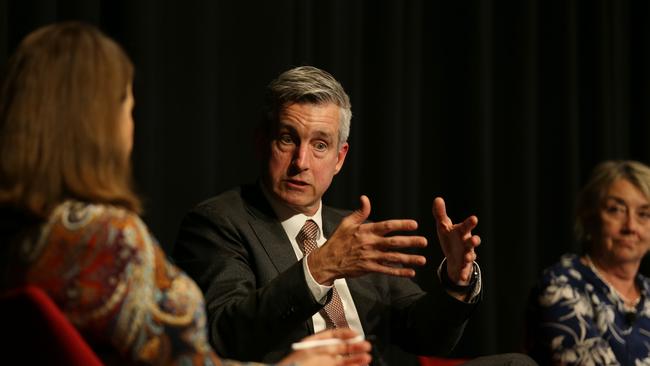Investors will make new choices as a golden age closes for ‘Big Super’
Once the default answer for Australian investors, big super industry funds are facing an end to the days when the money rolled in.

The problem with having everything going your way is that it can’t last forever: Australia’s monster industry super funds are about to hit a wall … and they know it.
After a decade of powerful investment returns, endlessly rising compulsory super contribution and a distinct absence of robust competition, the tide is turning.
You might call it longevity risk writ large – the problems that have been facing the independent investor for years now loom for major funds: how to invest successfully while paying out pension income at the same time.
And just as the ageing of Australia starts to place demands on the dominant non-profit industry funds sector, alternative choices in super are coming back to life.
You may have read here recently about how the self-managed super fund sector – the key financial rival to large funds – has been enjoying a comeback with an uptick in commencements, especially among young people.
As Colin Williams of the WealthData group explains, the recent data from regulator APRA reveals a steady increase in transfers to SMSFS. In fact, he says “the flow out to SMSFs from big super funds has doubled since 2022”.
Not that industry funds are failing investors. Rather, the exceptional results of a few years ago are no longer coming through. Annual returns are closer to 8 per cent, compared to the double-digit years pre-Covid.
What’s more, the improved investment returns at for-profit retail funds over the last two quarters has been better than industry funds. It’s only a short period of time, but it has narrowed the gap in performance between the two duelling sectors – the gap was 1.7 per cent in 2021 and is now less than 1 per cent.
Why are industry funds no longer shooting out the lights?
There are several theories. The simplest is that listed sharemarket returns have been relatively strong and retail funds are less reliant on unlisted returns.
But the crucial issue for Big Super is not the return of old rivals or the leakage to SMSFs, it’s that Australians are getting older – and increasingly they are looking for their pension payments.

Industry figures presented by KPMG this week shows that major funds are battling net outflows. Even with compulsory super running at 11 per cent, the cashflow at big funds – AMP, Mercer, Colonial – actually shrunk last year. These retail funds are facing the cashflow strain first because they have an older base – reflecting their own golden era from the 1980s and 1990s, where the clients collected back then are now moving into pension age.
Big industry funds are still very much enjoying strong cashflows – but not as strong as they used to be. AustralianSuper, for example, had $19bn net cashflow through the door last financial year, but it was $25bn the year before.
In total, super is now a $3.6 trillion sector with about $135,000 per capita held in retirement funds across the nation. But the ultimate problem for all funds – industry or retail – is the undertow of a shift towards retirement years. Increasingly, they will need to fund pension payments, not just investment accumulation services.
At the same time, the volume of money coming into super by law is also coming to a peak. With the Superannuation Guarantee Charge at 11.5 per cent from July, the gravy train finally pulls into the station when it is set to top out at 12 per cent in July next year.
In other words, average super balances – all things being equal – rose every year relentlessly but will stop doing so in 2025.
For years, independent investors with SMSFs have faced the so-called “liquidity” challenges now emerging for Big Super.
The “rainy day” money all investors need to have ready has not been an outstanding priority for big funds, and that in turn allowed the reliance on illiquid assets such as infrastructure, which underpinned above-average returns.
How will Big Super fight back? By getting even bigger. Industry funds are still amassing market share – but soon the non-profit sector will come down to fewer than 10 players that run the show.
The need to pay pensions will escalate the consolidation. In the end, the funds with the youngest membership base will have a competitive edge.
But Big Super is no longer the automatic winner. For the first time in years, super is starting to look like a more level playing field.
James Kirby hosts the twice-weekly Money Puzzle podcast








To join the conversation, please log in. Don't have an account? Register
Join the conversation, you are commenting as Logout